This was the first grouping of elephants we saw, and this cute little baby (he was actually about 3-4 months old) was not far from his mother. Of course, it was a big thrill – that first elephant as we watched the breeding herd forage. They’re slow and soft-footed and their trunks are almost in constant movement. As the babies move about – usually quite close and almost dangerously (you’d think) under their mothers, but the moms are very aware of where the baby is. The baby usually has his trunk nuzzling some part of the mother, and occasionally reaching down to the grass, or pulling a small twig from a tree as this little guy was doing.
So many times this was the scene from our Land Rover, watching a herd of elephant crossing an open savanna, probably on a path that’s unseen to us. Sometimes the lead female would glance over at us – they have an acute sense of hearing – and she might pause – but unless she felt we were threatening her or her brood, she went back to foraging or walking. The herds were usually in groups of about 4-6.
Can you see why lion are almost invisible? If they’re lying down you absolutely can’t see them – only when they move does the shape become something. During the daytime the lions will walk some, but their goal is to find a comfortable shady spot to sleep away the intense heat. This female was with a young male (probably her brother) and another young female and they were just moving from place to place. They weren’t hunting, and they gave us no never-mind, as the saying goes. They didn’t even look at us. When the Land Rover got near (with the diesel engine running) sometimes they’d get up and move. Occasionally they’d lift their heads up and glance at us, but usually they’d fall back to a recline.
Warthogs, part of what’s called The Ugly Five (hyena, marabou stork, vulture, warthog and wildebeest). So named because they jokingly say they’re so ugly only a mother could love them. We saw wildebeest, but I didn’t get a photo. And I don’t think I took a picture of a vulture – we saw lots of them, but usually off in the distance, circling. Warthogs are elusive – once they spot a safari truck they usually make themselves scarce. We saw the backsides of many of them as they scooted off into the bush.
Before I go on with more animal pictures I want to paint a picture for you. And this, to me, is the most important paragraph I’m writing in this post, maybe in all of my posts about my safari experience. For the most part, the African savanna is peaceful. It’s amazing. Awesome in its beauty. Eerily silent sometimes, and wildly loud at others. A few times during our game drives the guide would stop, pause when we’d enter a big, wide savanna (I love that word, it’s so soft and descriptive). Once, and this is a time, at a place, that I’ll have indelibly imprinted on my mind . . . we were in a fairly round savanna, with a ring of trees off in the distance – maybe about 1/3 of a mile off. Much like the photo above, except it was that kind of a view, 360°. Off to the left, about a block away, was a small grouping of elephant. Gently walking and foraging. Further right was a big herd of impala, motionless for a second or two until they identified the Land Rover and went back to walking and foraging. Further on was a herd of kudu. So elegant in their stance, with the male horns protruding in the sky. Then there was another small herd of elephant, a bigger grouping with babies in tow. Further right was a small group of giraffe. They’re so graceful – the most graceful of all the animals we saw as they reach and stretch to find the most tender of new leaves on the trees, ever watchful, though. And yet they were almost intermingled with the kudu. Yet further to the right we saw a small group of warthogs that flitted off into the brush. And then there was a small grouping of Cape buffalo. None of the other animals want to be around them – they’re not king of the jungle by any means, but they’re feared by most. They too, were foraging. Walking slowly, feeding. And lastly, another small grouping of elephant.
That place was magical for me. To see these wild animals, all in one place, all living peacefully alongside one another. There were no predators (cats) anywhere. Time and time again we saw similar scenes, but not usually with so many animals visible.
I never saw a kill during my safari trip. Although I’m well aware of the way of life in the wild, I usually close my eyes when I see it on TV. And a kill happens all the time – somewhere. Yet for the most part, the animals graze in peace, their brains watchful for danger, but not dwelling on it. Not like we would if we walked into a drug- and gang-infested neighborhood at night, knowing our lives were in jeopardy.
Note how they blend into the background. Impala are identified by the dual vertical black stripes on their back end. They look much like deer.
There’s a kudu. A male. They’re noted for the vertical stripes on their sides, and by their darker color. They’re also big – about the size of elk. And, they’re known for their unusual curlicue horns. Did I mention that once a kudu has 3 full curls on his horns, he’s reaching the end of his life? They’re fast – very fast, and lion don’t generally go after kudu unless it’s a young one or an old one that’s weakened.
This gal didn’t like us. She turned just after I snapped that picture and stomped toward us with her ears full forward. But she stopped. Note the dust around her back feet – she was getting ready to move. They kind of run toward you and bluff you into moving on. There were other elephant back in the brush behind her. The guides are very attuned to when an elephant is going to do a bluff move, or if they’re really charging in earnest! We never saw the latter, when the elephant might have attacked the Land Rover with her tusks. Just let me tell you that when she charged us, the hair on the back of my neck was at full attention!
Note in the picture that the elephant’s far horn is stunted. Most of the elephants we saw were left-tusked and many had a stunted left tusk. Meaning that they used their left tusk for most of the work, scraping bark off trees, moving logs mostly to get at good vegetation to eat, and sometimes they jamb the tusk into a tree (they like to eat the interior of trees) and then can’t get it out, and it gets broken off extracting themselves from the tree. From that point, the elephant may still be able to use the left tusk (they learn to sharpen that tusk on trees so it’s still useful, albeit short), but not so well. Occasionally they will develop skills with the other tusk, but one guide said no, he’d never seen that. If a female loses both tusks, she becomes a breeding female only. If you’re interested in reading more about elephant characteristics, click this link.
We saw zebra several times, and what intrigued me about them was that off in the distance (let’s say a block away) they were completely invisible in the brush. You’d think those vertical strips would be a dead give-away, but no, when they’re still, they blend into the trees (the stripes looking much like short brush or trees).
That’s not such a great photo because I’m inside my tent cabin and this group of foraging females surrounded my cabin. The blurred effect is the screen. They stayed there for nearly 2 hours, moving around and around my cabin finding leaves and grasses to eat. They were almost silent except for the occasional foot-fall as they crunched some dry leaves.
That was the view near the lodge at one of the camps. Peaceful for sure. Birds of all variety noisily talking, maybe a hippo snorting out in the pond, and frogs chirping.
We saw baboons in lots of the camps, and they’re quite mischievous. They’re big, and also can be vicious. We were told that generally they wouldn’t attack us if they were outside our tent cabins, but that it would be best to wait until they moved on. At one of the camps they liked to sit on the edge of our private pool and take sips of water. They were quite docile if you observed them doing their thing, but if I’d opened a door they might have become aggressive.
We saw bats sometimes at night as they swooped down over the water. This little guy hung inside the roof of the lodge nearly all day. I was very close to him and he watched me quite carefully.
Our best sighting of lion was one day when we followed a trio – a brother and sister, and another young female. The mother was nearby, and the guides told us that when males get to be older adolescents, the dominant male wants them out of the pride and tries to run him off.
So, the females (the mother usually) leads a smaller group off to find food and share a meal, to protect the young male for one more season before he must leave the pride.
Once they do leave, young males form a bachelor pride and begin their search for a group of females, as one by one, they think they might be able to fight for, and win. These two were searching for shade. They walked right up to the Land Rover and right in front of the front bumper as they walked leisurely on to find a place to nap.
The Cape Buffalo. The horns are so beautiful and such a unique shape. Usually the buffalo move off when we approached, but this group just stared at us for awhile before turning to wander away. As I think I mentioned, they can be very aggressive if provoked.
A young leopard female. They told us she was very hungry, but because she’s young, she was having lots of trouble catching anything. Unless they’ve made a kill (see below) they nap in the trees. This cat was so startlingly beautiful – the coat, and her piercing eyes. I’ll never forget the eyes – which you can’t see in that photo. She turned, opened her eyes wide (they’re quite big), looking at us. Her pupils were thin slits and the rest of her eyes were like molten gold. A few hundred yards away this female’s mother had killed an impala.
She dragged the impala several hundred yards, under the shade of a tree and began the meal – from behind the animal’s back legs. Once she’d feasted for awhile, she got up (see picture) and laid down to take a break, with her tail swishing around the head of the impala. She was just feet from us and totally ignored our presence. After awhile she moved back into position and began eating again. Others who visited this site the next morning found her still there, eating. By evening, though, another truck visited and she’d allowed her daughter to have some of the kill. The mother was sated. The next morning the entire animal was gone – with the hyena having eaten all of the bones and other scavengers having eaten the last of the meat. Sometimes the leopard will drag the kill up into a tree – away from the scavengers – and the lion – because the lion won’t (can’t) climb trees. The guide explained that all that was remaining were the insects who were carrying away the last of the kill.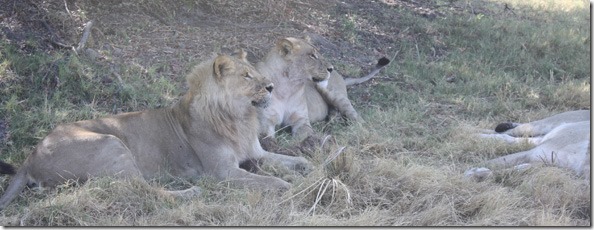
There is the threesome we saw earlier – as they checked things out before lying flat to snooze. As before, they totally ignored our presence, so close to them.
We followed a group of giraffe one day, as they were eating the new leaves from the trees.
The male is the darker one, with 2 females in tow. The females are young, lighter in color. They weren’t willing to mate yet, but obviously one was showing interest because he followed her around, never getting more than a few feet from her, nuzzling her neck now and then. Very sweet. All part of the mating dance.
Whenever we saw giraffe, they were gracefully walking. Only occasionally did we see them run. It takes them a few seconds to gain momentum, which is why a lion can catch a giraffe sometimes.
There’s a jackal. Beautiful coloring on them. She just trotted along a path near the Land Rover and crossed in front of the truck and went off on a mission, or a trail. She never even glanced up.
A second one, more tentative, came out of the bushes, following the same path, but much more wary of us, but she went along the same route and off into the bushes she disappeared.
And there, lastly is the hyena. We were approaching a watering hole that was completely invisible because of the tall grasses. A family of hyena lived in/around this watering hole, but the young adolescents were busy in the hundred yards or so around the water. There were two of them, and this one, a male, was quite curious about us in the Land Rover, so he approached and actually looked up at us from within about a foot or so. He hitched his front leg up on the tire so he could get a better sniff of us, then jumped down and wandered off. His sister approached but didn’t get as close.
I have photos of birds, which I guess I’ll do another post since this one has been way too long! I sure hope you’ve all enjoyed seeing the pictures and hearing my stories.






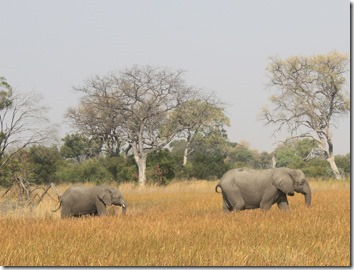

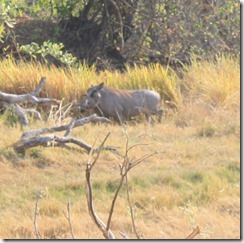
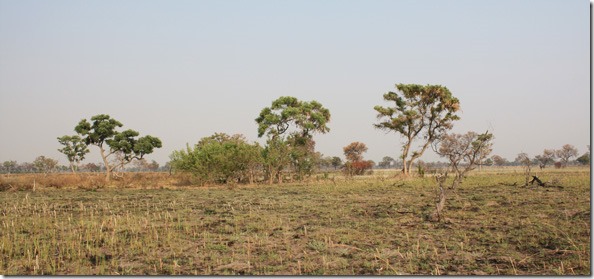


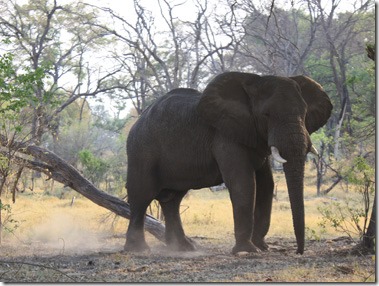

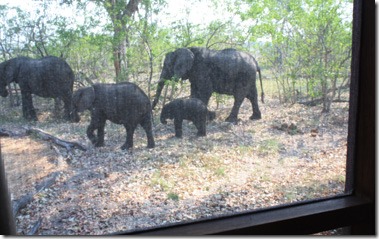
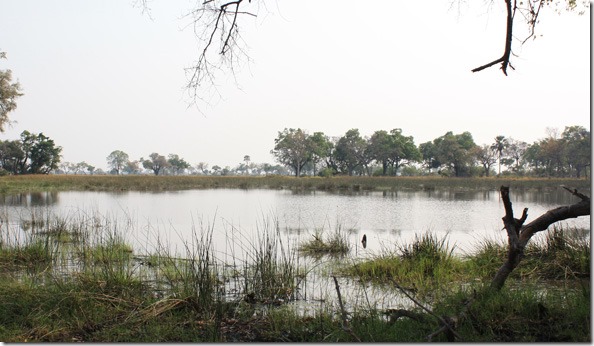

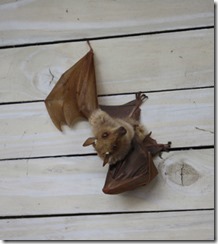

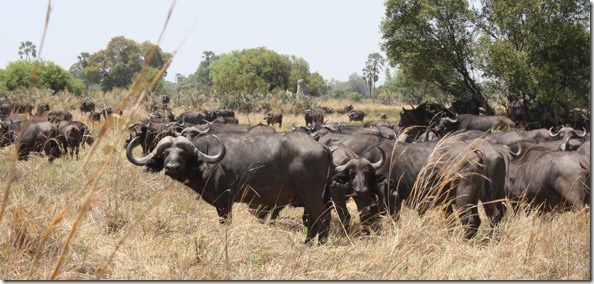



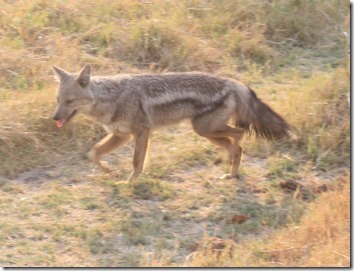


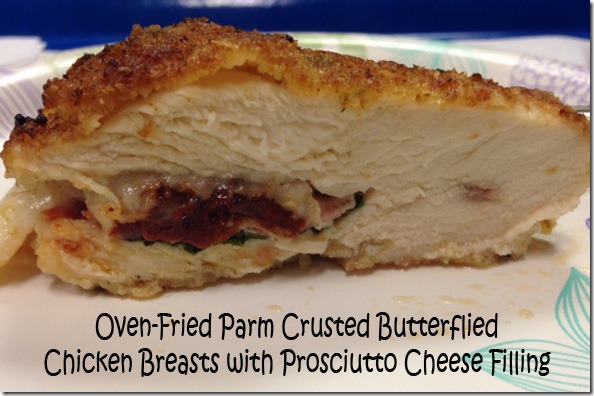



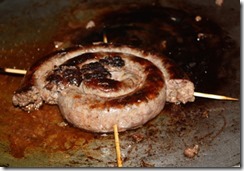
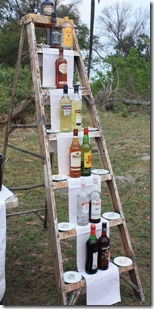
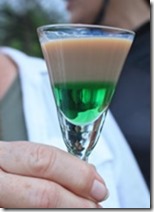
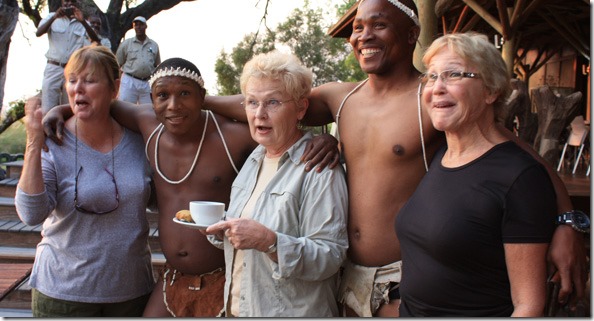
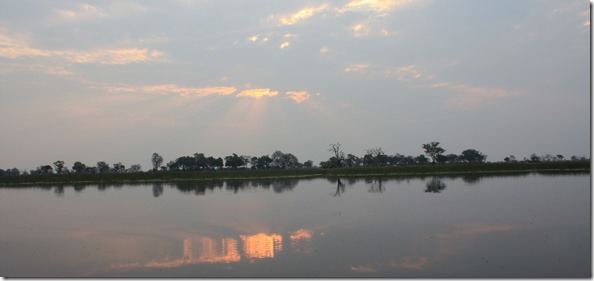

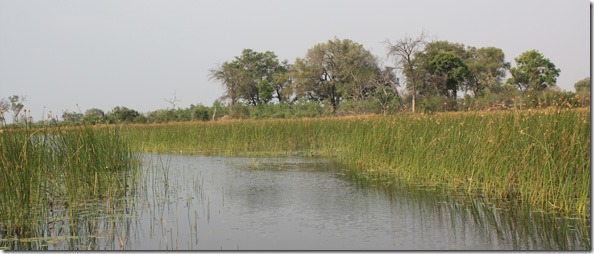
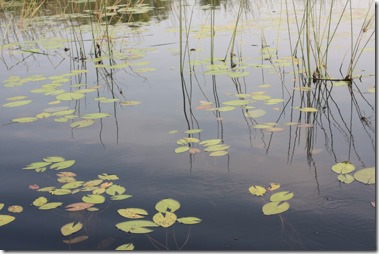




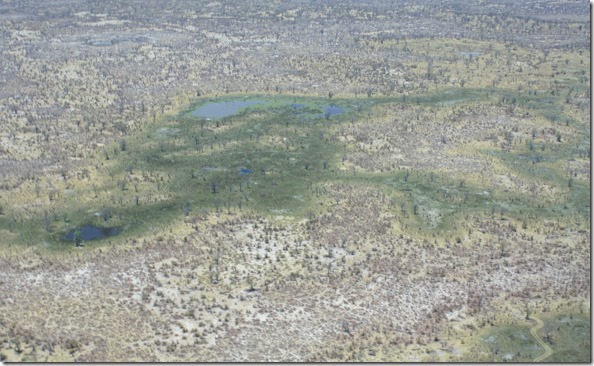
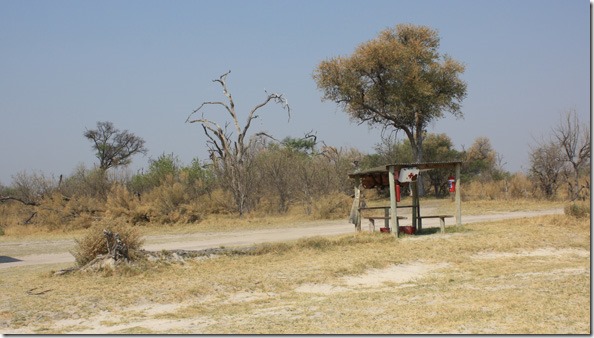

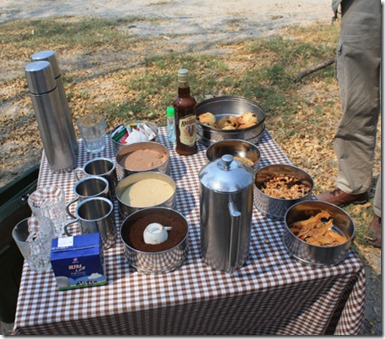
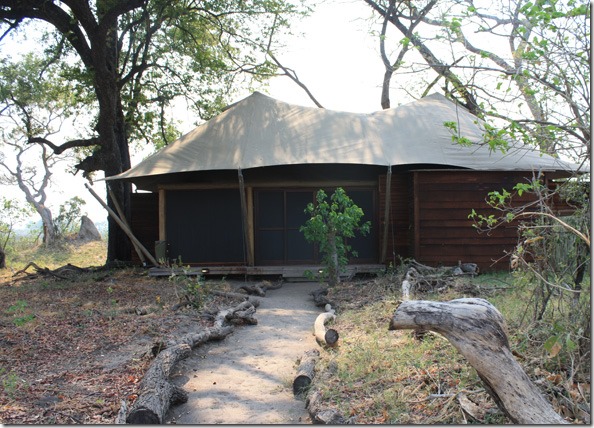

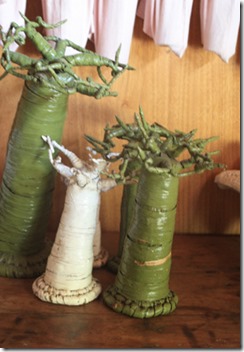
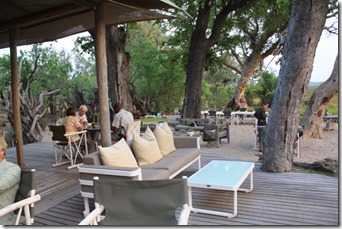
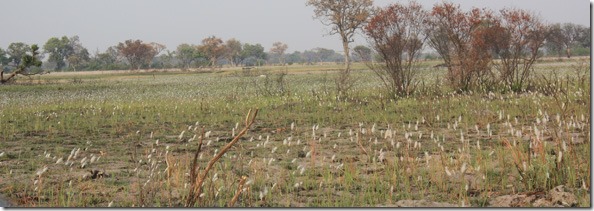
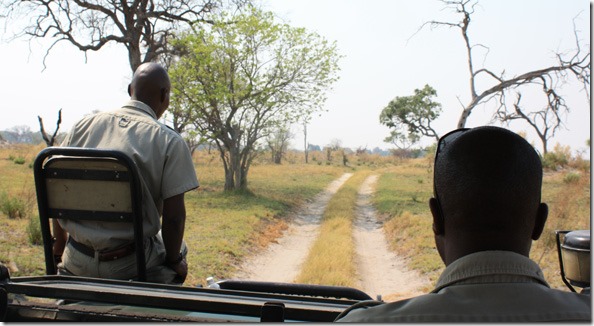
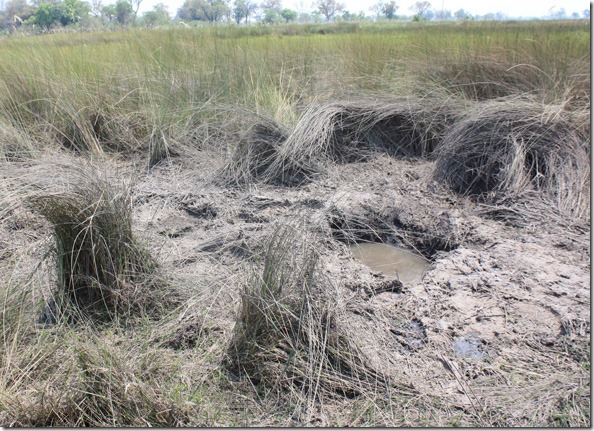

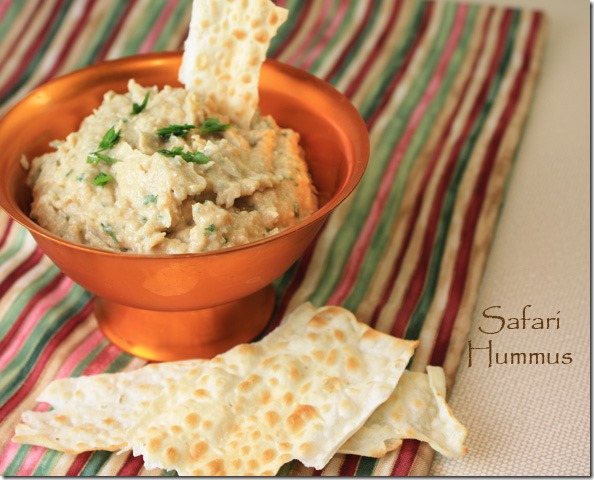






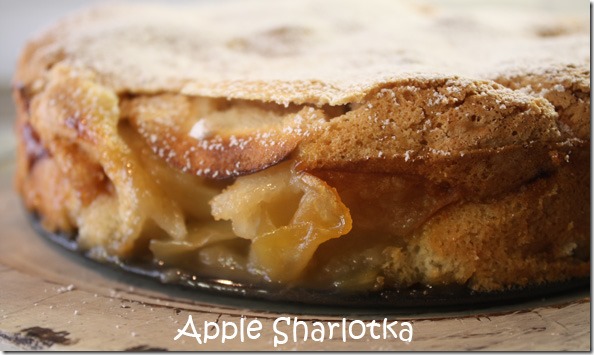
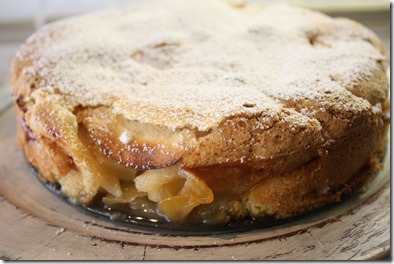
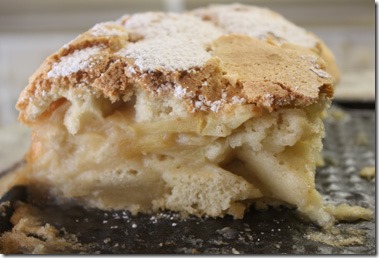











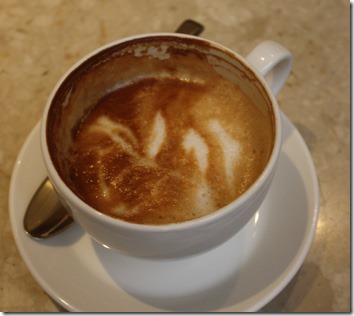

Leave a Comment!